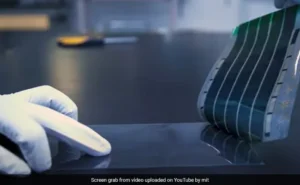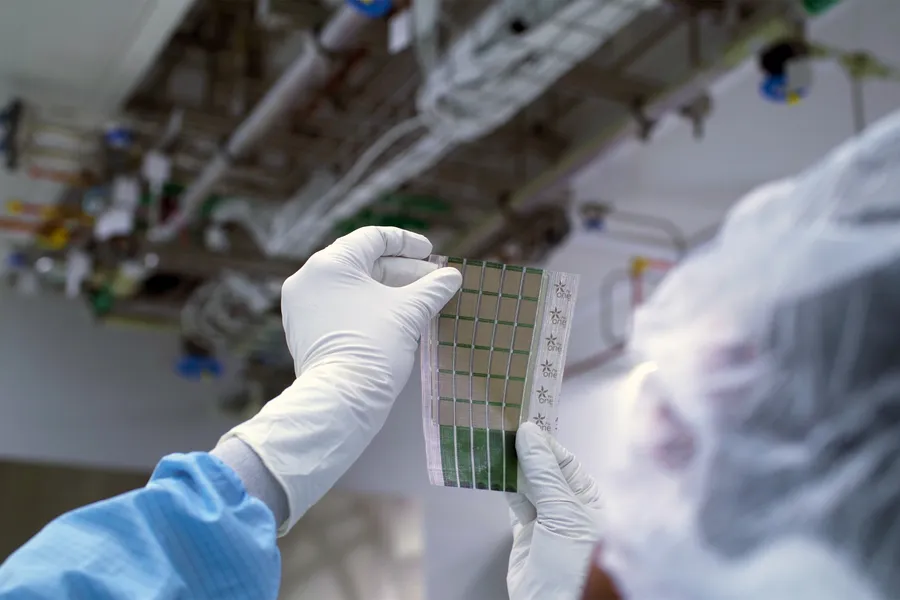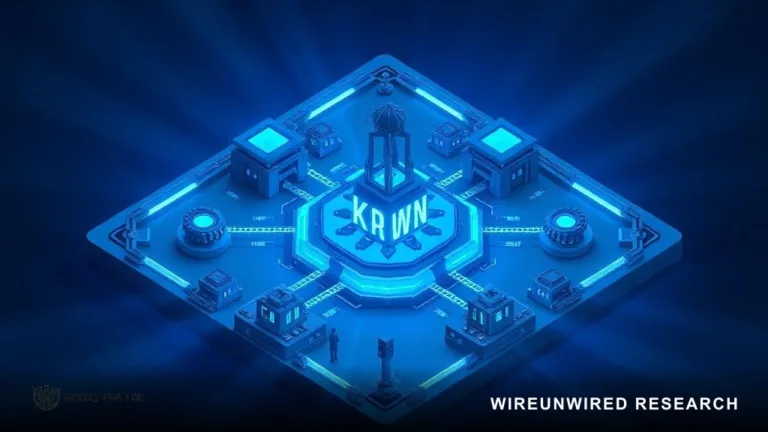Solar cells have become an increasingly important source of renewable energy over the past few decades. Traditional solar panels convert sunlight into electricity through the photovoltaic effect, but often have drawbacks like high costs, rigid construction, and difficult integration into buildings or devices. MIT’s new ultra-thin solar cell represents a significant step toward overcoming these challenges. This groundbreaking design can easily conform to curved surfaces, bend and twist, and be embedded into fabric or other materials.
Wanna know more about Thin Film Solar Panels? READ THIS
Science behind MIT’s paper thin solar cells:
The key to MIT’s thin film solar cell lies in the photonic crystal structures engineered into the device. Photonic crystals contain nanoscale patterns that can manipulate light in unique ways. The researchers were able to optimize the solar cell’s photonic crystal structure to most efficiently absorb and convert sunlight into electricity.

When sunlight hits the photonic crystal surface, the nanostructures trap and absorb photons very effectively. The photonic crystal’s atomic configuration causes the photons to excite electrons in the material. This photon absorption and electron release process generates an electric current – the photovoltaic effect central to converting solar energy into electricity.
By fine-tuning the photonic crystal geometry and materials specifically for solar cell applications, the MIT team developed an innovative approach to harnessing solar power on thin, flexible backing layers. The optimized photonic crystal patterns allow efficient sunlight capture and energy conversion while the 1 micron thick plastic polymer backing provides the lightweight flexibility.
This pairing of precision photonic crystal solar structures with ultrathin polymer films was the key design breakthrough. The researchers experimented with different nanoscale photonic patterns to maximize efficiency. And the thin, flexible nature of the photonic crystal solar cell allows it to adapt to any shape or surface. This is what enables the integration into clothing, bags, windows, and essentially any object.
MIT’s solar cell technology achieves both high efficiency and unprecedented versatility by leveraging the power of carefully engineered photonic crystals. With further refinements, this solar harvesting approach could reach efficiency on par with rigid panels while opening up many more applications.
Surpassing Conventional Solar Panels
MIT’s thin film solar cell provides key advantages over traditional rigid photovoltaic panels constrained to rooftops. The lightweight, flexible nature allows integration directly into objects and surfaces. For typical rooftop solar installation of about 8,000 watts to generate that same amount of power, these cells would only add about 20 kilograms (44 pounds) to the roof of a house. This would significantly improve the Watts per metre square of the cells.
This enables new applications like solar-powered window tinting. The thin films conform to any shape, expanding placement possibilities. What’s most surprising is it’s durability it was found that, even after rolling and unrolling a fabric solar panel more than 500 times, the cells still retained more than 90 percent of their initial power generation capabilities. They also utilize less material, reducing production costs substantially compared to silicon panels. With further efficiency improvements, MIT’s solar cells could outperform rooftop panels on cost and versatility.
Ongoing Improvements and Adoption Challenges
While MIT’s design shows promise, work remains to advance the technology. Current limitations like low conversion efficiency must still be addressed through further research. The team continues optimizing the photonic crystal geometry and materials to improve efficiency. Effective output would need to rival conventional solar panels for widespread adoption. Durability of the thin films also requires testing for real-world conditions. Finally, mass producing the nanostructured photonic crystal economically presents a challenge. With continued research to surmount these hurdles, MIT’s solar cell could redefine how we harvest renewable energy.
wanna learn more about Electronics Industry? READ THIS
Conclusion
MIT’s thin film solar technology showcases the enormous potential of innovative solar cell designs. By leveraging photonic crystals and flexible polymer backing, researchers have opened the door to lightweight, versatile solar cells that can integrate anywhere. As solar panels shift from rooftops to the objects around us, renewable solar power could transform our energy landscape. With progress on efficiency and adoption challenges, this solar cell concept may soon power our world sustainably. Innovations like MIT’s flexible solar cells highlight the bright future for renewable energy. Research breakthroughs in solar, wind, and other technologies will allow us to achieve energy security and progress civilization while protecting our environment. The future is bright for renewable energy.
Discover more from WireUnwired Research
Subscribe to get the latest posts sent to your email.




